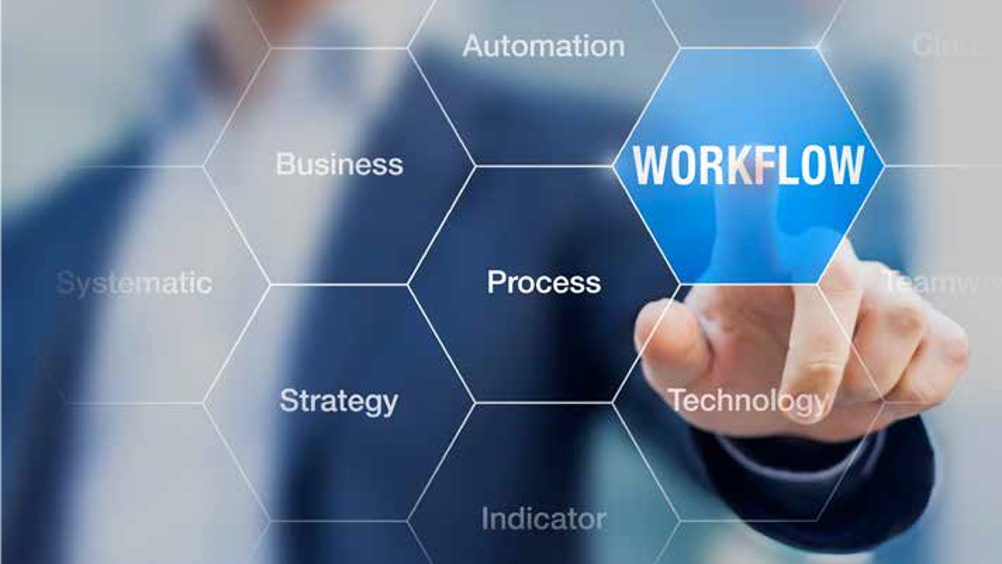Focus on workflow

Mark Allen explains how to support your practice and keep patients coming.
Mark Allen explains how to support your practice and keep patients coming.
Workflow is a word that pops up in every course, event and catalogue. Every practice should aim for an efficient workflow and if a product, tool or material can help dentists maintain it, this is a selling point, a good reason to try and buy.
The dictionary defines workflow as “The sequence of industrial, administrative, or other processes through which a piece of work passes from initiation to completion”. So, it describes a journey. This past year, every practice would have had to refocus on and adjust daily workflows, the journey that every patient makes from pre-treatment, to the time spent in the chair and beyond. Efficient workflow has never been more important; now patients are returning, they need to know that their experience – their journey – will be smooth and stress-free, which means every member of the team working in unison. Successful dentistry relies on good teamwork and in 2020, if you were a practice with a great team, you would have been able to navigate your return to some kind of normality a lot quicker.
Register now to continue reading
WHAT’S INCLUDED
-
Unlimited access to the latest news, articles and video content
-
Monthly email newsletter
-
Podcasts and members benefits, coming soon!

